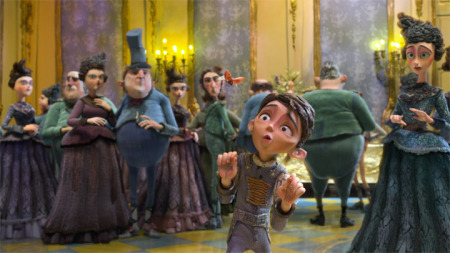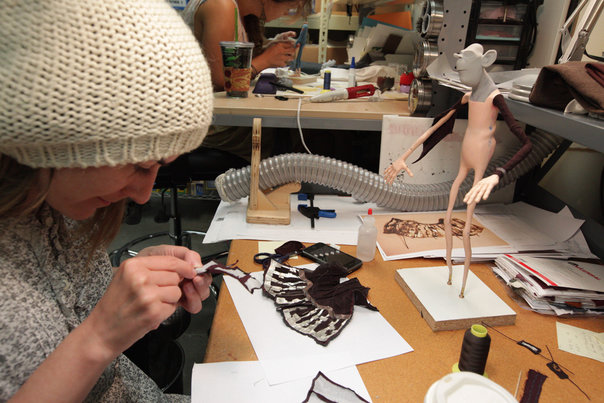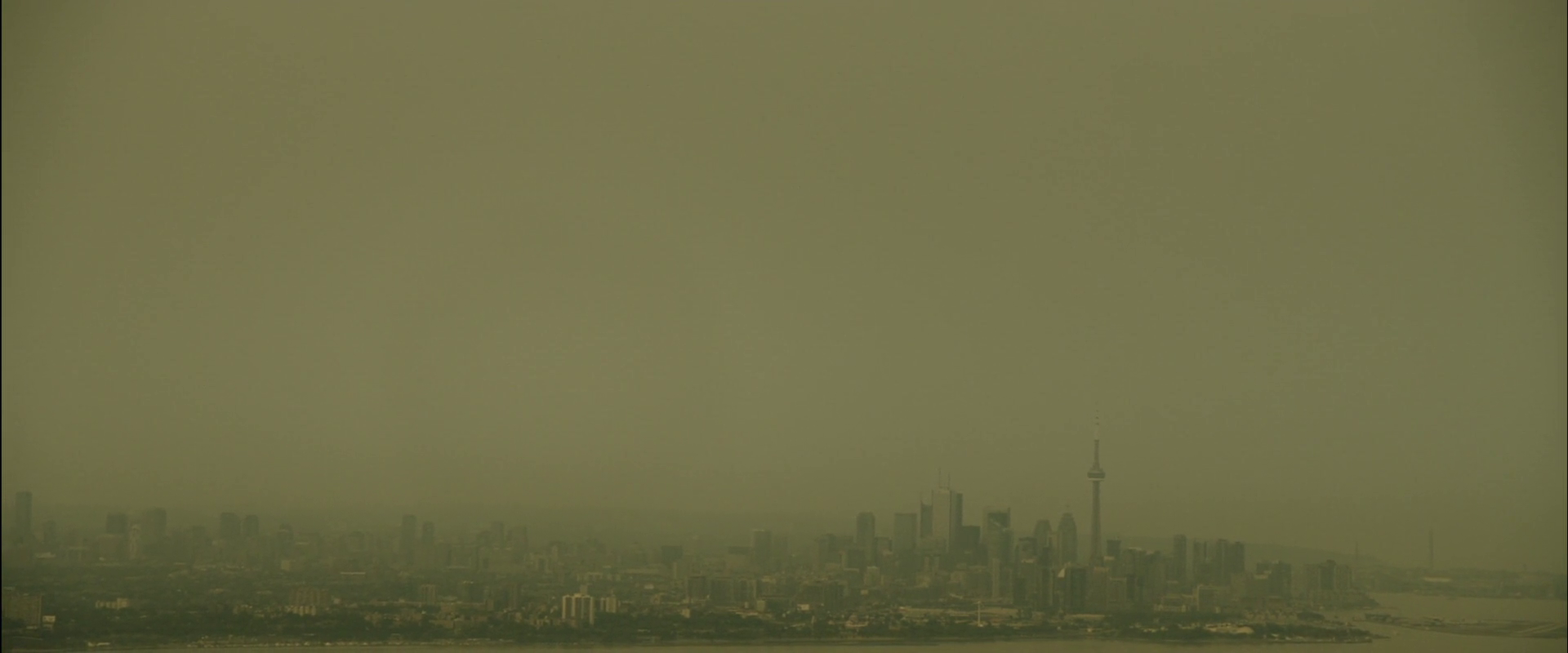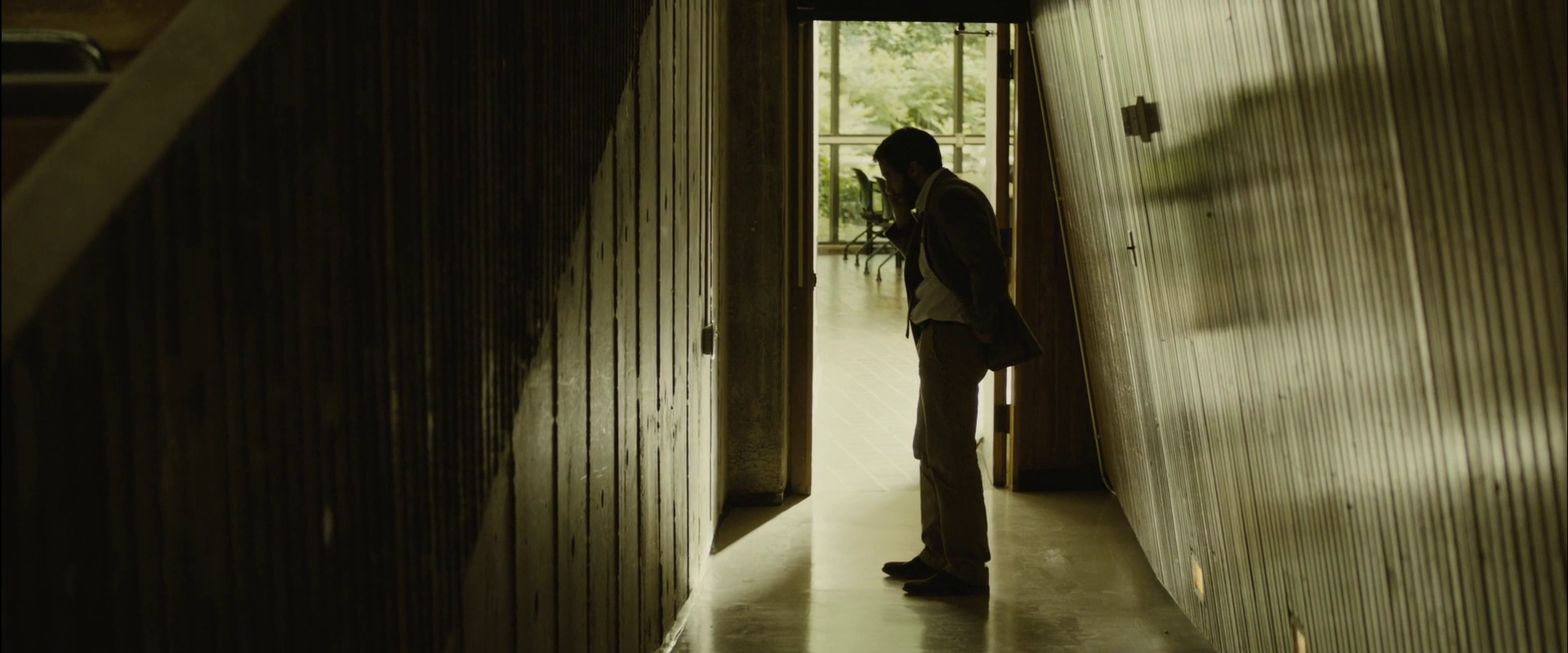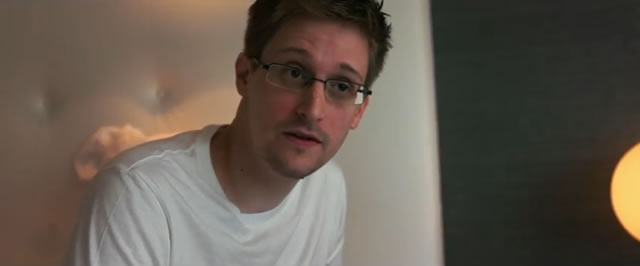Team FYC: Gugu Mbatha-Raw in "Belle" for Best Actress
 Tuesday, December 9, 2014 at 9:50AM
Tuesday, December 9, 2014 at 9:50AM Editor's Note: We're featuring individually chosen FYC's for various longshots in the Oscar race. We'll never repeat a film or a category so we hope you enjoy the variety of picks. And if you're lucky enough to be an AMPAS, HFPA, or Critics Group voter, take note! Here's abstew on "Belle".

As a graduate of Great Britain's prestigious Royal Academy of Dramatic Art, Gugu Mbatha-Raw was trained in the classics of British theatre. She began her career treading the boards in productions of Shakespeare's Romeo and Juliet with Andrew Garfield and Hamlet on Broadway with Jude Law. Like most classically trained British thespians making the leap to the big screen, a Merchant Ivory-type period piece would naturally lend itself to her Shakespearean background. But despite her pedigree, Mbatha-Raw probably wouldn't traditionally be cast as Queen Elizabeth I or Jane Austen's Elizabeth Bennett on film. Which is why her breakout performance as Dido Elizabeth Belle in the real-life story about a biracial heiress in 18th Century England that defied the conventions of the day, couldn't have been a better fit for Mbatha-Raw, tailor-made for her talents and utilizing her classical training.
In most corset dramas, the greatest concerns seem to be about finding a husband to secure financial stability. But Belle, while still maintaining a romance we come to expect from the genre (with Sam Reid's law apprentice, a man as noble and just as he is handsome), is concerned with loftier issues. Race, class, and social injustice are all part of the bigger picture and at its center is the remarkable Mbatha-Raw, giving a face and humanity to what could very easily turn into a film about ideas.
Raised alongside her cousin as if they were sisters, yet at the same time not allowed to dine with her own family, Dido is caught in-between worlds. Mbatha-Raw's expressive face, at turns inquisitive and knowing, effortlessly conveys the internal and emotional struggle Dido confronts everyday. In one heart-breaking scene, she rubs and beats at her skin, its color a constant reminder of her difference. Tears stream down her face as her frustration overwhelms her. And in that moment Mbatha-Raw allows us viscerally to feel Dido's plight, communicating this woman's important and fascinating story with intelligence and compassion.

And if that wasn't enough, Mbatha-Raw showed her range and versatility by delivering an equally compelling performance in a completely different role about identity as a modern-day pop star in Beyond the Lights. But as Dido in Belle, Mbatha-Raw gives the kind of performance that heralds the arrival of a new star, a signature role that will become synonymous with the actress. Hopefully the Academy takes notice as well, rewarding this young thespian with a nomination for her efforts and crowning 2014's best new cinematic discovery.
Other FYCs
Costume Design The Boxtrolls | Production Design Enemy | Editing Citizenfour | Makeup and Hair, Only Lovers Left Alive | Best Actor, Locke | Supporting Actress, Gone Girl | Visual FX, Under the Skin | Cinematography, The Homesman | Outstanding Ensembles | Screenplay, The Babadook | Original Score, The Immigrant
 Belle,
Belle,  Best Actress,
Best Actress,  FYC,
FYC,  Gugu Mbatha-Raw,
Gugu Mbatha-Raw,  Oscars (14),
Oscars (14),  Team Experience
Team Experience 


